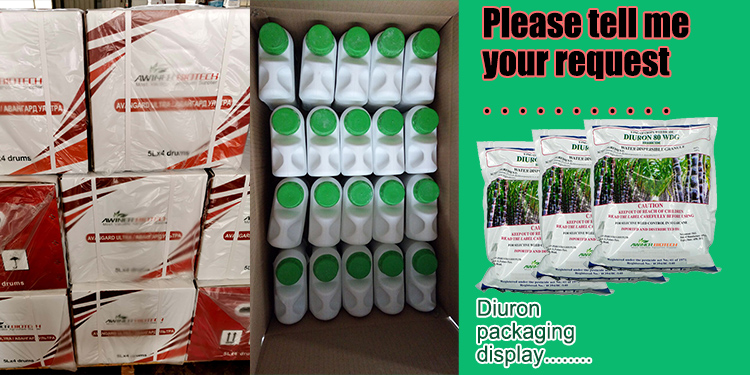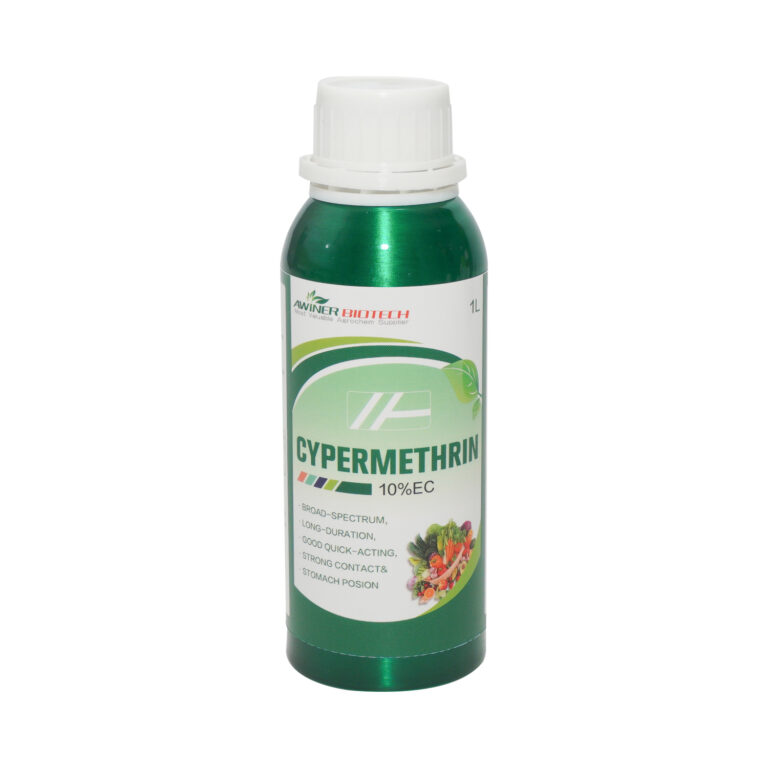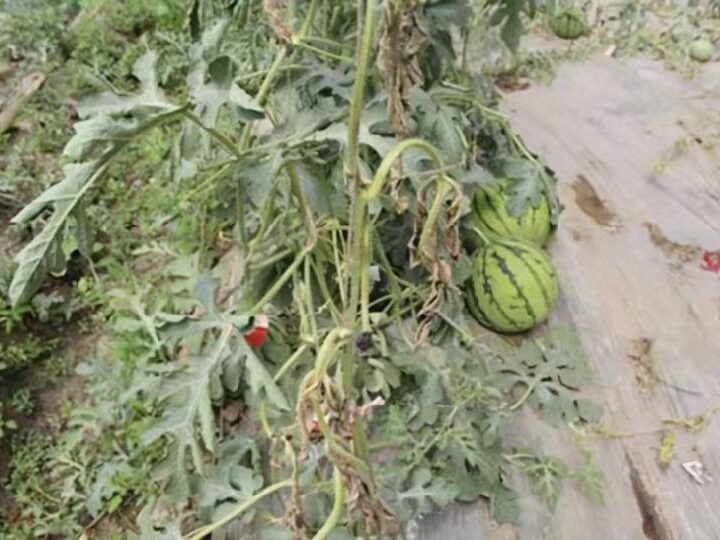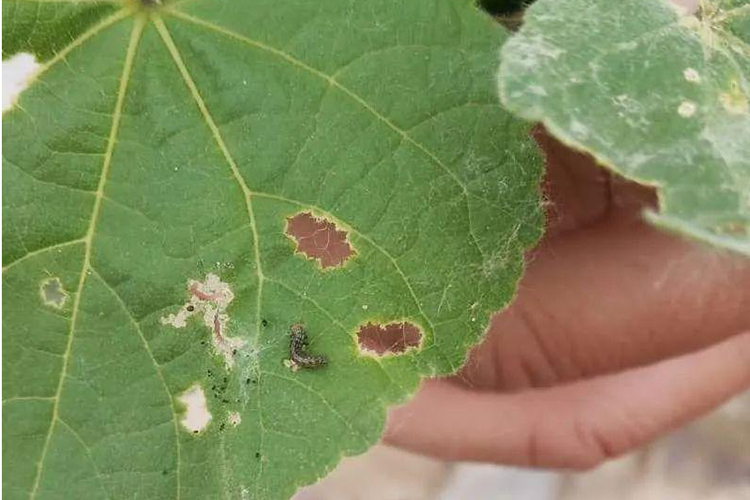Diuron, also known as “地草净” in Chinese, is a widely used herbicide with the chemical name N’-(3,4-dichlorophenyl)-N,N-dimethylurea. It acts as a photosynthesis inhibitor, and its molecular formula is C9H10Cl2N2O. Diuron can be utilized as a selective herbicide at lower dosages and a non-selective herbicide at higher dosages. This herbicide is highly effective in controlling both annual and perennial weeds and is used extensively in various agricultural and non-crop settings.

Mechanism of Action and Characteristics of Diuron
Diuron belongs to the substituted urea herbicides and functions primarily through systemic action, with some contact herbicidal properties. It is absorbed mainly through the roots of the weeds but can also be absorbed by the stems and leaves. Once absorbed, Diuron disrupts the photosynthetic process by inhibiting photosystem II, leading to chlorosis (loss of chlorophyll) in the leaves, starting from the tips and edges, ultimately causing the plant to die from nutrient deficiency.
The herbicide has minimal impact on seed germination and root growth. Its residual activity can last up to 60 days, making it a long-lasting solution for weed control.
Uses and Target Weeds of Diuron
Diuron is widely used in crops such as rice, cotton, soybeans, tomatoes, tobacco, strawberries, sugarcane, grapes, ginger, maize, and various orchards and plantations. It is also applied in non-crop areas for comprehensive weed control.
- Target Weeds:
- Annual grasses: Barnyardgrass, crabgrass, foxtail
- Broadleaf weeds: Pigweed, lambsquarters
- Sedges: Nutsedge
- Aquatic weeds: Duckweed, water plantain
- Applications in Specific Crops:
- Cotton Fields: Apply 30-45g of 25% Diuron wettable powder per 100 square meters, diluted with 7.5 liters of water, post-sowing but pre-emergence.
- Rice Fields: To control water plantain, apply 7.5-15g of 25% Diuron wettable powder per 100 square meters, 20-25 days after transplanting rice. Maintain a 4-6 cm water layer for 5-7 days post-application.
- Orchards and Tea Plantations: During peak weed germination, apply 30-37.5g of 25% Diuron wettable powder per 100 square meters, diluted with 5.3 liters of water, to the soil surface.
- Sugarcane Fields: For annual weed control, apply Diuron after the sugarcane has six leaves and the weeds are at the 3-5 leaf stage. Use 200g of a Diuron mix per acre, diluted with 45-60 liters of water.
- Cucumbers: Post-sowing but pre-emergence, apply 40-50g of 80% Diuron wettable powder per acre, diluted with 30-40 liters of water.
- Ginger Fields: Before ginger seedlings emerge, apply 0.25-0.4kg of 25% Diuron wettable powder per acre, mixed with 15-20kg of moist soil or diluted with 50-75 liters of water.
- Non-Crop Areas: Apply 0.25-0.4kg of 25% Diuron wettable powder per acre, diluted with 50-75 liters of water. Alternatively, use Diuron with hexazinone for extended weed control lasting up to two years.
Diuron Herbicide Application and Safety Precautions
When using Diuron, it is crucial to follow recommended application rates and methods to avoid crop damage and maximize weed control effectiveness.
- Avoidance in Specific Crops: Do not use Diuron in wheat and sugarcane fields to prevent crop injury.
- Soil Considerations: Adjust application rates for sandy soils to prevent excessive residue buildup.
- Drift Management: Ensure the herbicide does not drift onto sensitive crops, such as peach trees, which are particularly susceptible to damage.
- Equipment Cleaning: Clean all equipment thoroughly after use to prevent contamination of water sources and subsequent environmental harm.
Diuron, with its robust weed control capabilities, remains a valuable tool for farmers and land managers. By understanding its mechanism of action, appropriate uses, and safety precautions, users can effectively manage weeds and promote healthy crop growth.






